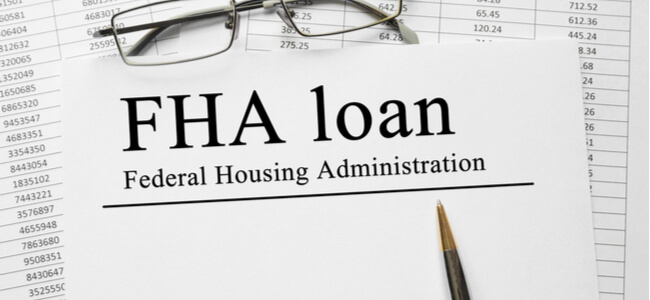How To Buy A House After Going Through Bankruptcy

For many people, the only way to eliminate, or at least significantly reduce their debt, is to go through a bankruptcy proceeding. However, in doing so, their credit score will be severely affected for years to come. As a result, it will be difficult to obtain credit with such a poor credit score, be it a credit card, mortgage, or car loan.
In this article, we will discover if this setback makes it impossible to take out a mortgage, or if there is light at the end of the tunnel.
Can It Really Be Done?
In a word, yes. It is possible to purchase a property after bankruptcy, but it requires careful planning of finances and considerable patience. Those wishing to do so must check their credit report on a regular basis to ensure it is accurate. There are many steps that are covered in the following sections. By following these tips, acquiring further credit in the future will be achievable with a bit of patience.
Bankruptcy Discharge
The period between declaring bankruptcy and being able to purchase a home is not set in stone and depends largely on personal circumstances. What is clear, is that to have any chance of securing a mortgage, a bankruptcy must be discharged. This is when the bankruptcy court issues an order that frees the borrower from future liability on specific debts. This means creditors can no longer chase the debts owed.
There are some important things to consider about bankruptcy discharge:
- This is the first step in being accepted for a mortgage
- It does not necessarily end the bankruptcy case, but is a positive sign for prospective lenders, though there will still be a waiting period thereafter
- Often the court will close the case shortly after the discharge
- There are still many steps to take before getting a mortgage, and it should be noted that a bankruptcy can stay on a credit report for 10 years
Credit Report
When assessing an application for credit, lenders look at a person’s credit history by accessing their credit report. They use it to determine trust in lending them money - their ‘creditworthiness’. Despite the record of a bankruptcy remaining on such reports for up to 10 years, this does not mean it is not possible to get a mortgage during this period.
The time before being accepted can be accelerated by ensuring your credit report is up to date and accurate. You are entitled to a free check each year from each of the major credit bureaus. By staggering, you can check every four months.
There are certain things you should look out for:
- Debts that have already been repaid or discharged
- False information due to similar names/addresses/identity theft
- Former spouse information
- Outdated information
- Incorrect notations on accounts that are closed
- Accounts wrongly listed as part of a bankruptcy filing
Credit Rebuild
To authorize a mortgage, lenders must be persuaded that borrowers can be trusted to make full payments. Accordingly, bankruptcy severely limits credit options. Scores can be rebuilt, though, which is essential to winning the trust of a lender.
Two ways to rebuild are through installment loans and credit cards:
- Installment loans, such as car and personal loans, involve borrowers making regular monthly repayments for the amount borrowed plus interest for a set period. The sole way to rebuild credit through a loan is to make full, on-time payments each month
- A secured credit card is one guaranteed by funds you possess in a savings account which acts as collateral for the credit facility. Such funds will help determine the credit limit. Savings are used to cover failed payments. Card activity appears on reports, allowing you to repair your credit
Timing
It is advisable to wait at least two years after a bankruptcy before applying for a mortgage. While it is possible to be accepted earlier, by waiting, you are more likely to get superior rates and terms when accepted. A seemingly small difference in interest rates can add up to a significant increase in the total cost of your home.
For example:
- For a $200,000 mortgage on a 4.5% fixed-rate, over 30 years, the monthly payment would be $1,013.37 and the interest would total $164,813, resulting in a total mortgage cost of $364,813
- The same loan at 4.0% lowers monthly repayments to $954.83, with interest totaling $143,739. The total mortgage cost would thus be $343,739. This $21,000 gap between the two mortgages is due to a small 0.5% difference in interest rates
From the above example, you can see why waiting until you get favorable terms is in your best interest.
Bottom Line
It is possible for those that have declared bankruptcy to get a mortgage, but it requires planning and patience.
First the bankruptcy must be discharged, then your credit score can gradually be rebuilt. You should wait to apply until you can access competitive interest rates and should always explore all financing options fully before proceeding.



